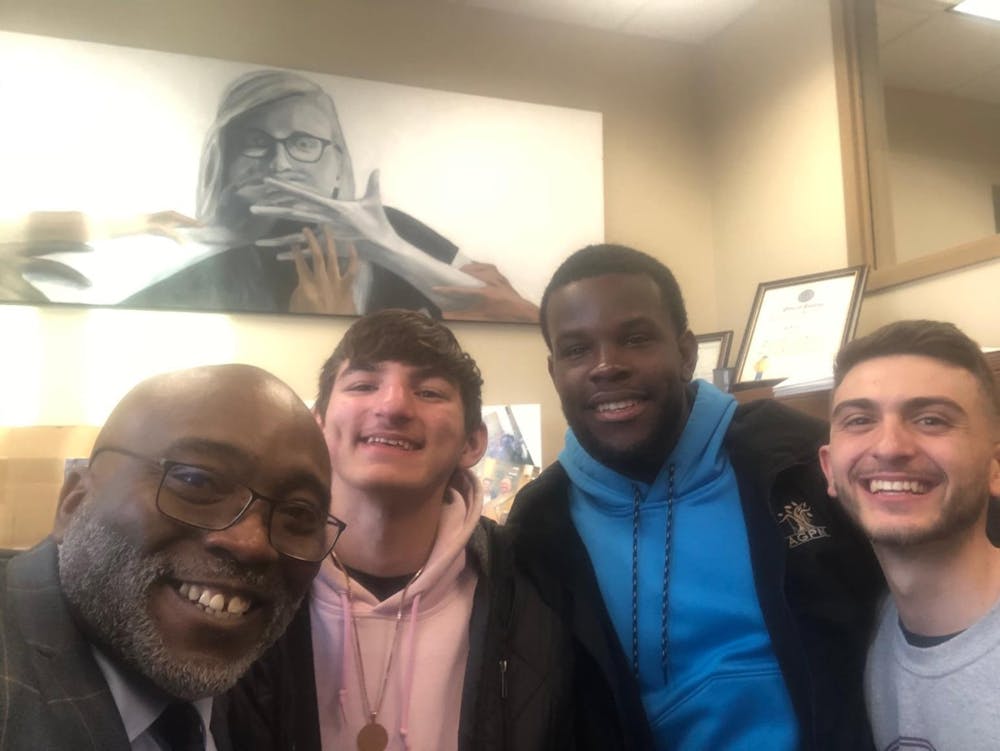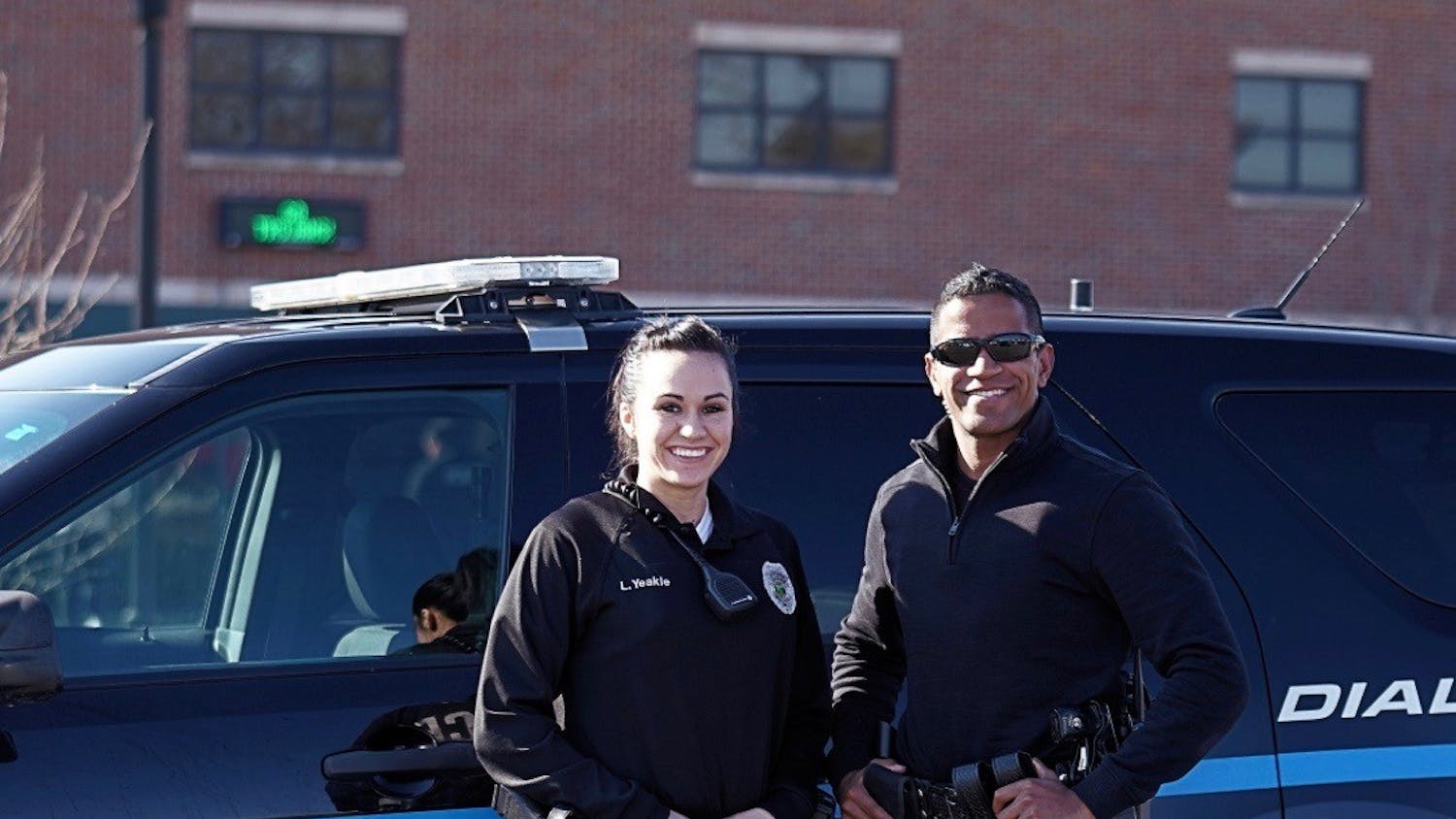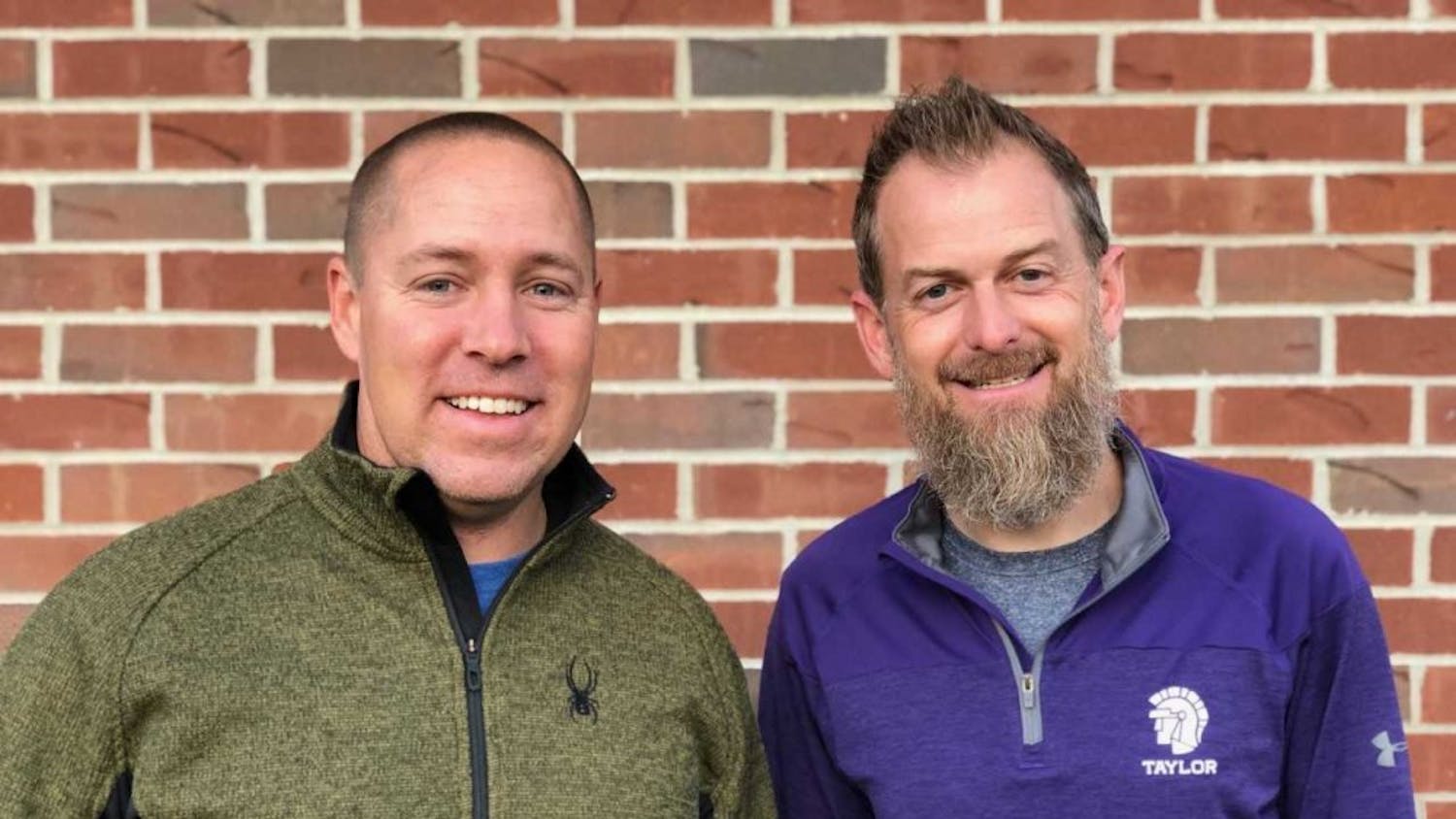Twelve times in the last thirteen years, Taylor has been considered number one in the Midwest by America’s Best Colleges, with an idealized intentional community to go along with it. But even the best have room to improve, and just how good is that intentional community?
According to the Rev. Greg Dyson, Special Assistant to the President for Intercultural Initiatives, there is a need to create a community that is welcoming to all Taylor students, including students from different cultures and backgrounds. At the same time, the promotion for what Taylor already is doing is unwittingly left in the shadows.
In February, the Multicultural Philosophy Statement, which aims to amplify the Life Together Covenant across cultural lines, was established. Not only that, but the Multicultural Orientation Review Experience (MORE) initiative, which is designed to create an introductory connection for faculty and staff with multiple cultures, is also being conducted.
With both of these actions considered, Dyson said Taylor is working to create a more inclusive community. However, these actions do not receive much advertising because they are often led by humble people. But because of the lack of publication, it appears as if Taylor is doing nothing at all.
“One of the things that we have to do is we have to continue to express the things that we are doing in relation to diversity out loud,” Dyson said. “Sometimes the news of (what we are doing) doesn't get out to everyone else. It's really important for us to get that news out because when we do that, it helps the new person coming in to know the resources that are there.”
Dyson addressed how it is important to consider both promotion and perspective when examining what Taylor is doing to increase intentional intercultural community.
One of the issues students from different backgrounds comment on is the lack of diverse faculty. Dyson said although Taylor works hard to bring aboard people who come from diverse backgrounds, potential faculty and staff also need to feel included in the community in which they live.
“We have to work really hard if we're going to get people from different (cultures) to come here,” Dyson said. “It's a challenge for Taylor students that come from different backgrounds. However, it's only a challenge for about four to five years. But if you say to someone, ‘Hey, can you move here and move your family here? Raise your children here, go to church here, shop the stores here?’ That's a bigger challenge. There's some people that look at that and go, ‘Man, that's beautiful. It feels like home.’ Then there are other people that would say, ‘I could like that, but that is completely foreign to me. It's not the world that I live in.’”
While Taylor cannot guarantee every potential professor finds a home in Marion, Dyson said Taylor is working to ensure staff and faculty have cross cultural awareness, such as working with the MORE initiative, and become better listeners.
This idea of awareness, however, does not only fall upon the shoulders of Taylor faculty: it also relies on students to promote community, Dyson said.
One of Dyson’s key points is students and faculty alike need to become comfortable with being uncomfortable. The only way to accomplish this is to put oneself out there.
Dyson recommends students spend time with those who do not necessarily agree with each other on every point, but can come to an agreement on some points, which Dyson admits students have already done a decent job at.
Going forward, Dyson said this open communication is necessary and needs to be unbiased.
“We can start by assuming the best in those around us,” Dyson said. “Oftentimes, something happens and it is easy to quickly assume the worst. ‘They did this thing, the administration did this — what are they thinking?’ And sometimes we need to just be willing to assume the best in those around us. The other thing that can happen is we need to spend more time listening to the concerns and needs of others.”
This connection based on unbiasedness is an idea Will Love, Master of Arts in Higher Education student and Office of Intercultural Programs member, mentioned. According to Love, there is a need to build bridges across cultural barriers, and students and faculty alike need to realize what may be considered normal for some, could be foreign for others. To battle this tendency, Love suggests the importance of making it a norm to ask ‘who are we ignoring?’
For Love, an inclusive community is more than an idea established through Taylor’s faculty and staff — it is established in the hallways, classrooms and the Dining Commons. A community that is inclusive for all cultures and all backgrounds begins with students.
As Dyson said, the potential lack in an inclusive community should not only be left for faculty to resolve. To combat this, Love advises students to also do their part by asking each other questions to establish conversations. According to Love, creating more inclusive floor events and researching what other schools are doing to create inclusiveness are key steps in creating a more welcoming environment.
“Create relationships with people who don’t look like you,” Love said. “Learn about them and listen.”
While Love acknowledges the work Taylor is doing to establish that community, such as some of the actions Dyson mentioned, he also believes these have just been steps in the right direction, but the process needs strides.
However, for freshman Andrew Neal, faculty and staff must also be a part of the process of creating an inclusive environment, which he believes Taylor has done well so far.
“(You need to) start at the top of the system,” Neal said. “A school’s culture comes from the people. You need a diverse group of leaders. Look for these people who can give different insights (and) keep an open mind about what people like.”
Between Dyson, Love and Neal, Taylor presents different levels of action in working toward an inclusive community. But collectively, all agree that Taylor could improve.
In fact, according to Dyson, everyone could afford to listen more and to become more aware of others’ needs in hopes that Taylor truly thrives as an intentional community for all.

PA’s from Wengatz spend a cultural experience day in Fort Wayne together.





